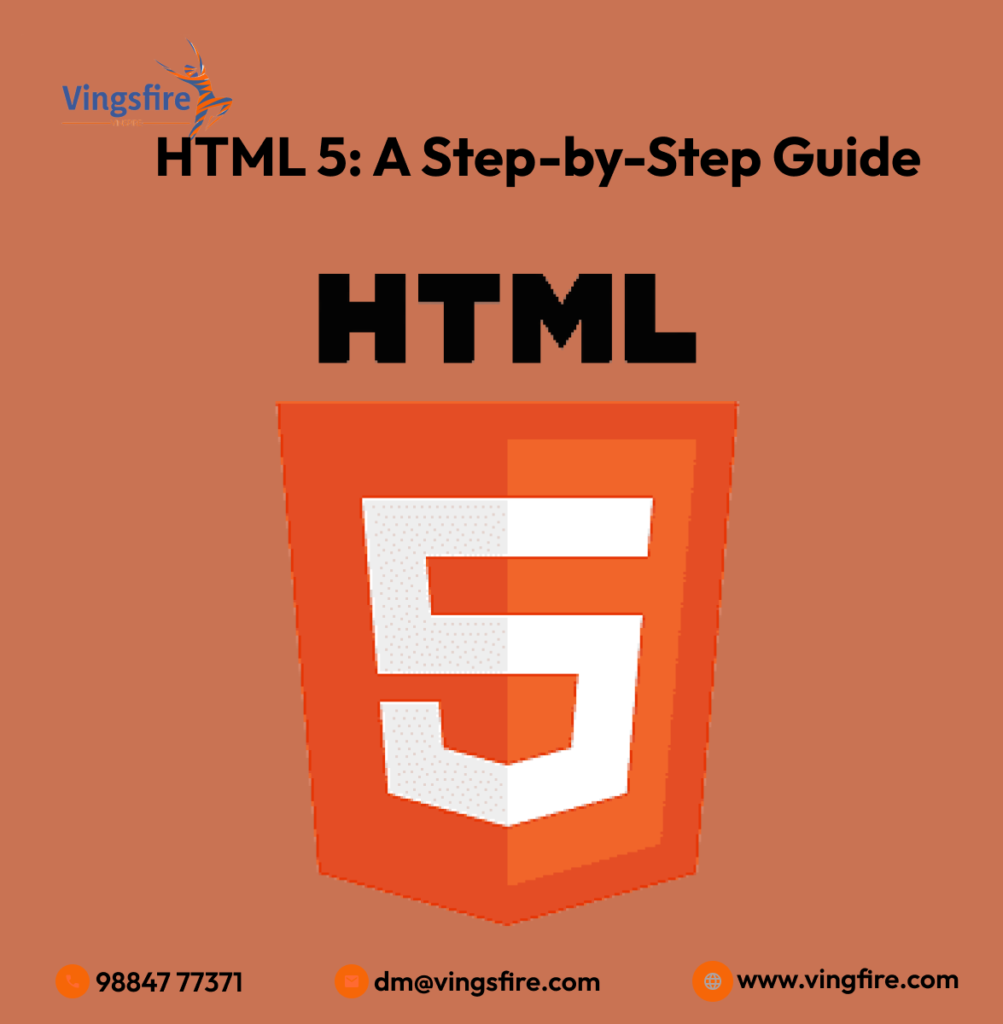
HTML 5, the latest iteration of the Hypertext Markup Language, has revolutionized the way we create and interact with web content. With its enhanced features and capabilities, HTML 5 empowers developers to build more dynamic, responsive, and engaging websites and applications. In this comprehensive guide, we’ll take you through a step-by-step journey to master HTML 5 and unlock its full potential.
Chapter 1: Introduction to HTML 5
In this chapter, we’ll provide an overview of HTML 5, its history, and evolution. We’ll delve into the key features and advantages that HTML 5 brings to the table, including improved semantics, multimedia support, and enhanced accessibility. By understanding the foundations , you’ll be well-equipped to harness its power for your web development projects.
Chapter 2: Setting Up Your Development Environment
Before diving into HTML 5 coding, it’s essential to set up your development environment properly. In this chapter, we’ll guide you through the process of installing the necessary tools and software, such as text editors and web browsers, to streamline your HTML 5 development workflow. Whether you’re a beginner or an experienced developer, having the right environment is crucial for success.
Chapter 3: Basic HTML 5 Syntax
Now that your development environment is ready, it’s time to start writing some code. In this chapter, we’ll cover the basic syntax of HTML 5, including elements, tags, and attributes. You’ll learn how to structure your web pages using semantic HTML elements like <header>, <nav>, <main>, <section>, and <footer>, which improve both readability and accessibility.
Chapter 4: Working with Multimedia
One of the standout features of HTML 5s its robust support for multimedia content. In this chapter, we’ll explore how to integrate audio and video elements into your web pages using the <audio> and <video> tags. We’ll also discuss best practices for optimizing multimedia assets and ensuring cross-browser compatibility, so your content looks and sounds great on any device.
Chapter 5: Forms and Input Elements
Forms are an integral part of web development, allowing users to input data and interact with your website. In this chapter, we’ll dive deep into HTML 5’s enhanced form features, such as new input types (<input type=”email”>, <input type=”date”>, <input type=”number”>, etc.) and attributes (required, pattern, autocomplete, etc.). You’ll learn how to create responsive and accessible forms that provide a seamless user experience.
Chapter 6: Semantic Markup and Accessibility
Accessibility is a fundamental aspect of modern web development, ensuring that everyone, regardless of disability or impairment, can access and interact with your content. In this chapter, we’ll explore how HTML 5’s semantic markup features contribute to improved accessibility. We’ll discuss techniques for optimizing your HTML code for screen readers, keyboard navigation, and other assistive technologies, making your websites more inclusive and user-friendly.
Chapter 7: Advanced HTML 5 Techniques
In this final chapter, we’ll push the boundaries of HTML 5’s with some advanced techniques and concepts. Topics covered include geolocation, offline web applications using the Application Cache, drag-and-drop interactions, canvas drawing, and more. By mastering these advanced features, you’ll be able to create cutting-edge web experiences that leverage the full power.
Conclusion
Congratulations! You’ve completed our step-by-step guide . Armed with this knowledge, you’re now ready to embark on your journey to becoming a proficient HTML 5 developer. Remember to keep practicing, experimenting, and staying up-to-date with the latest developments in web technology. It is constantly evolving, and there’s always something new to learn and explore. Happy coding!
